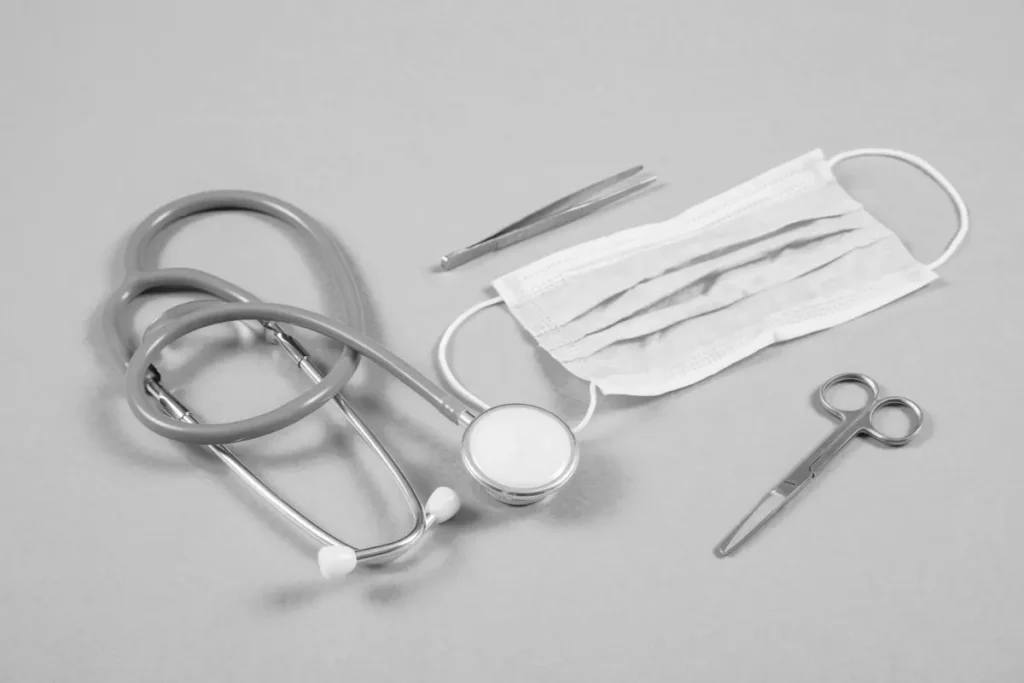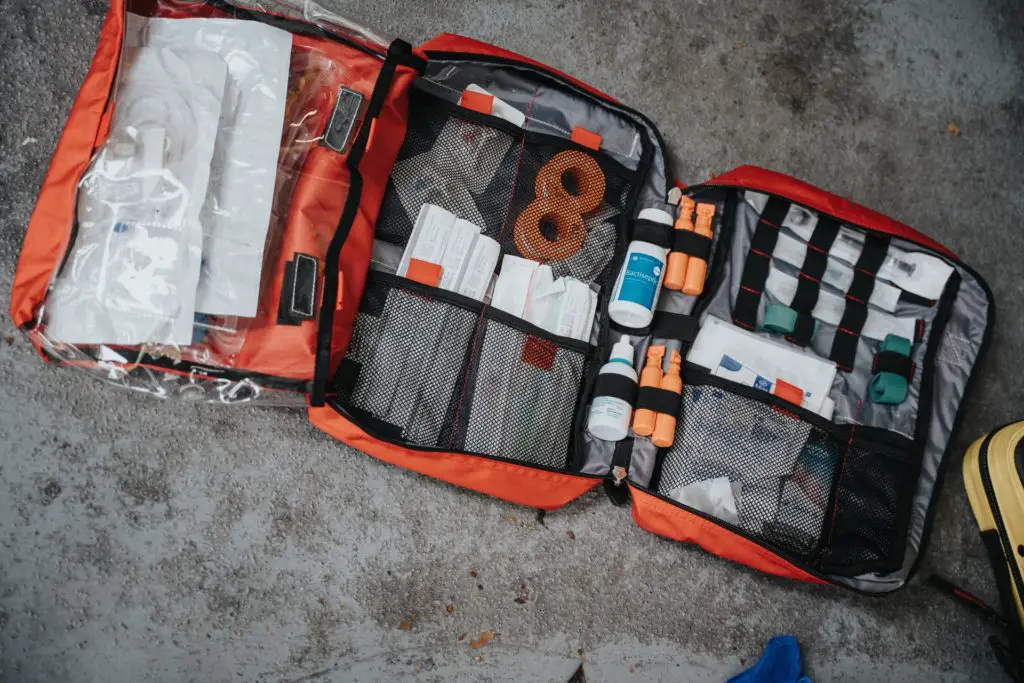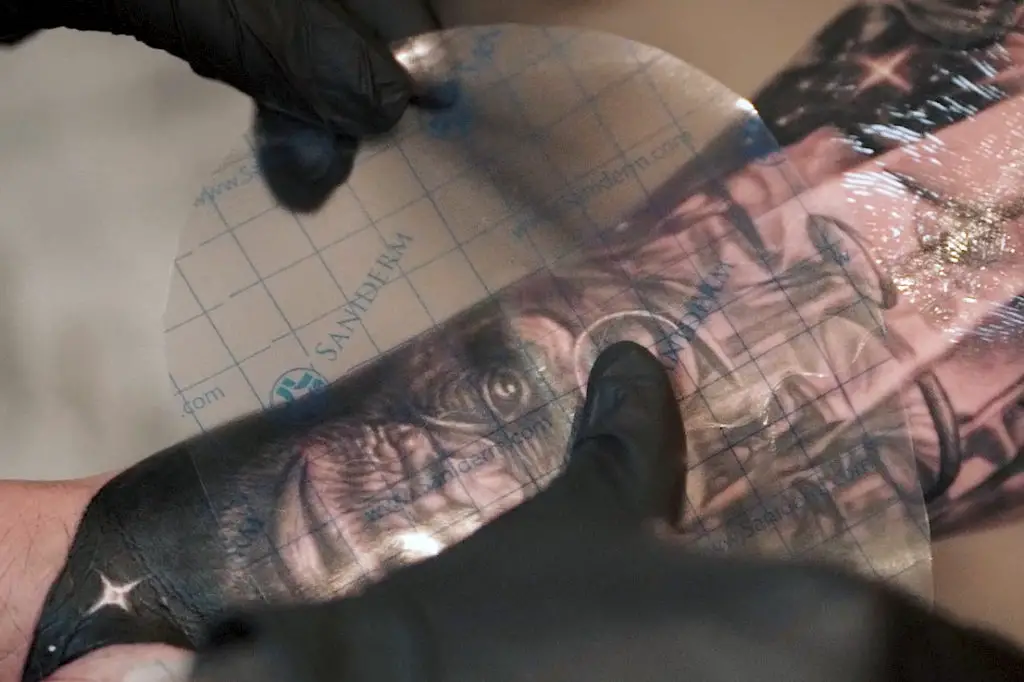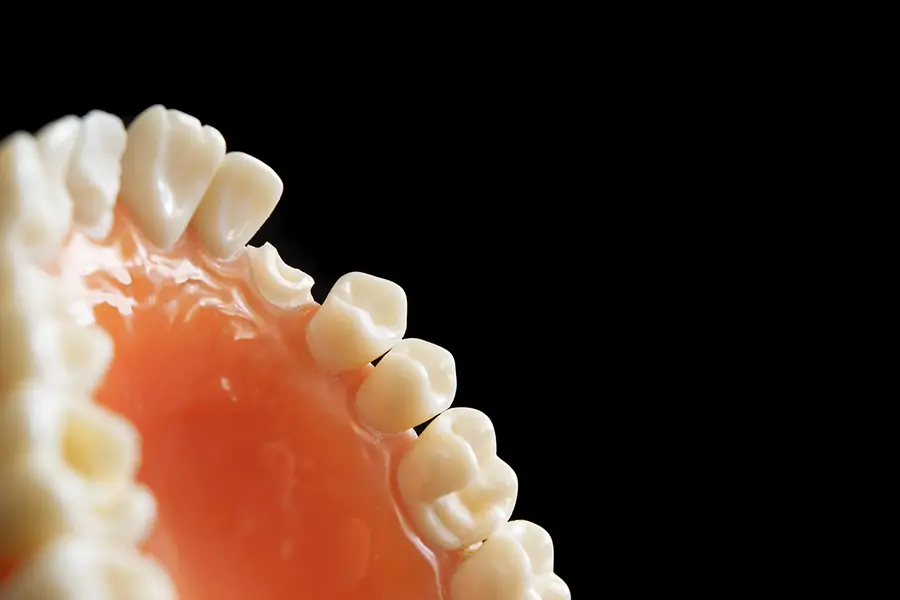Post Image by Freepik
An often overlooked tool for first aid, tweezers are a must for your medicine cabinet or first aid kit. Although it probably won’t be the item that saves your life, it can improve your quality of life and help you to heal faster.
What are tweezers?
Tweezers are small tools consisting of two metal (usually stainless steel) or plastic arms. These arms are used to grip and manipulate small objects or hair. They’re often used for grooming or by estheticians to pluck eyebrows and remove ingrown hairs, as well as in scientific settings or manufacturing facilities to handle small specimens, elements, or tools.
What are tweezers used for in a first aid?
In a first aid kit, tweezers can be used to remove splinters, thorns, glass, or other small objects that may have become lodged in the skin. They can help pull out a cactus spine or small stones and sand from road rash.
They can also be used to hold and manipulate bandages or other small items when performing more precise tasks.
They are commonly used to remove ticks and can also be used for emergency treatment of snakebites, spider bites, and other insect stings.
What are the best kind of tweezers for a first aid kit?
The best kind of tweezers for a first aid kit are made of stainless steel to ensure their durability and ease of cleaning. If not metal, plastic ones are also common but avoid ones that are cheaply constructed. They should be rust-resistant (which plastic and stainless steel both are), as they may come in contact with water or other liquids. They should have a good grip and be easy to handle.
Another consideration is the tip of the tweezers and what they will be used for. Some tweezers come with a slanted tip which allows for easy grasping of splinters and small objects. Additionally, some tweezers have a curved tip which can be helpful for removing ticks.
It’s also important to consider the size of the tweezers: larger tweezers are easier to handle but less precise, while the smaller ones are more precise but may be harder to handle if you have big hands or arthritis.
In any case, it’s best to have a couple of different types of tweezers in your first aid kit to suit different needs. Below are some of our recommendations.
Best tweezers overall
Tied! It’s difficult to choose between pointed or flat tip tweezers, and both have pros and cons. The pointed tweezers are more versatile and allow you to get into the skin easier if needed. But I find the flat tip ones are more forgiving and easier to use.
Best for travel and to always keep on hand
If you’re on the go a lot or find yourself needing tweezers regularly, these can fit on your keychain but are not so small that they are impossible to use.
Best multi-pack
If you can’t make a decision or are building out a complete first aid kit, getting a multi-pack will ensure that you have any of the tweezers you may need.
What’s the difference between tweezers and forceps (hemostats)?
Tweezers and forceps are both tools that are used for grabbing and working with small objects, but there are some key differences in their design and usage.
Tweezers are designed for precision and to be used with objects like a single hair or a splinter. They are generally smaller in size compared to forceps.
Forceps, also known as hemostats, are similar to tweezers but look more like pliers. They have a mechanism that allows the jaws to be locked in place after gripping an object. They often have a serrated (but sometimes smooth) jaw and can be used for many purposes, such as grasping, clamping, holding, or crushing objects. They’re often used in the medical field for surgical procedures and in the laboratory for handling small specimens or tools. They are larger and more robust compared to tweezers. They’re sometimes even used by fishermen to remove a hook from a fish’s mouth.
Although each one has their specific use, both can be useful in a first aid kit.









